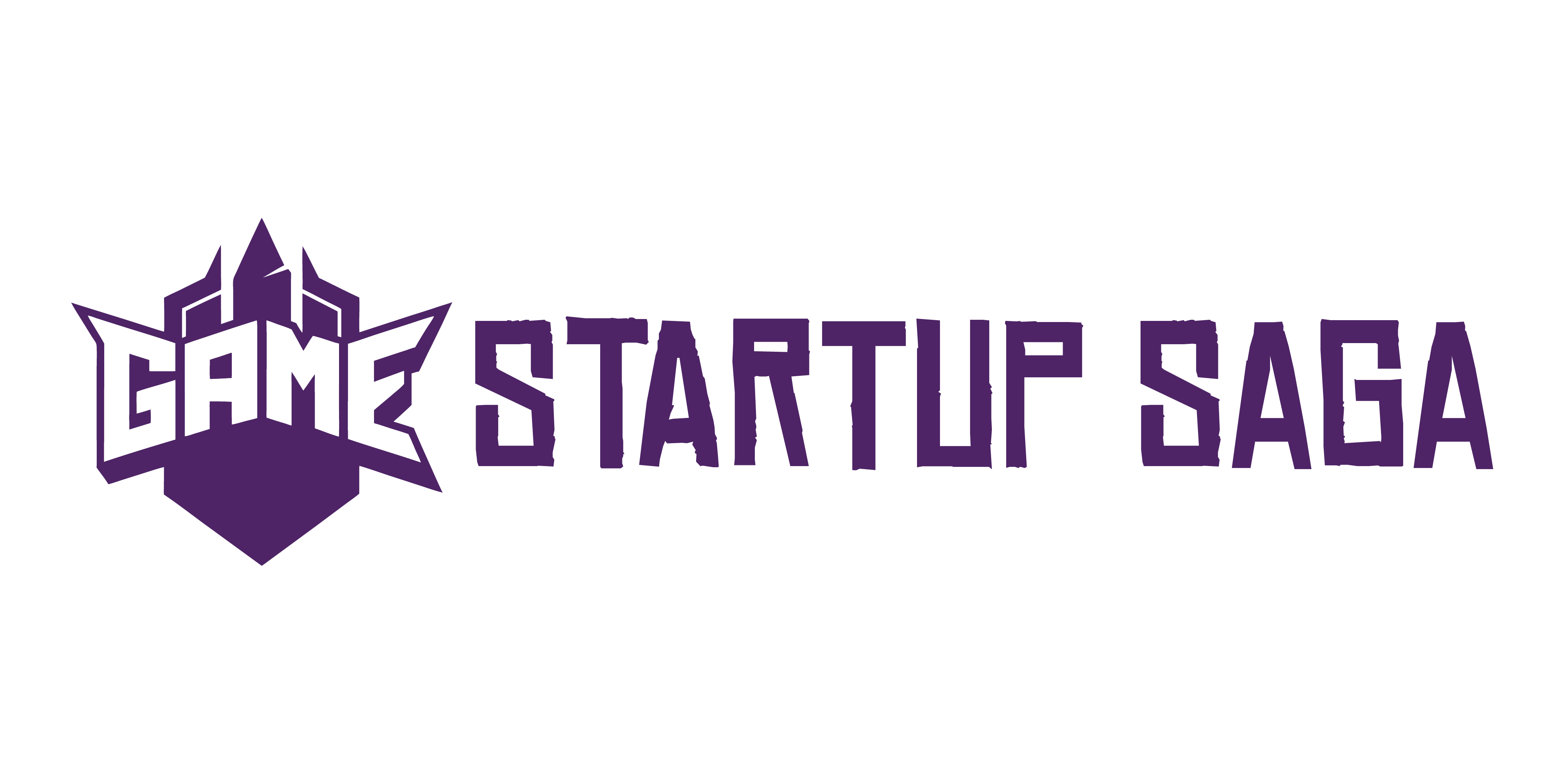Intro: Why Game Funding is a Different Beast
Games may run on code, but they live at the intersection of art, technology, and business. That combo is what makes them powerful—and also what makes them hard to fund. You’re not pitching another SaaS tool or photo filter app. You’re selling a vision that merges creative ambition with technical execution and, hopefully, commercial potential.
This triple-threat nature is part of what makes game investment high risk. Investors know that even the best-looking prototypes can collapse under scope creep, team burnout, or market misalignment. A hit can return 10x or more, but a flop burns cash fast. That’s why many investors bring skepticism into the room by default.
Understanding that mindset is key. Most game investors aren’t looking for just good ideas—they want a smart plan, a focused team, and a clear use of funds. They’re betting on your ability to navigate complexity, not just deliver pixel-perfect art. Knowing this shifts how you pitch—less hype, more strategy. It also reminds you that raising money is less about dazzling and more about building trust.
Types of Game Investors
Not all money comes with the same expectations—or the same strings. Here’s how different types of investors approach game development, and what they’re really after.
Traditional VCs
Venture capital firms look for scale and return. They’re betting on studios with the potential to hit big: high-growth, repeatable success, and the kind of teams that can build not just one game, but a franchise or even a platform. They want clean cap tables, proven leadership, and a clear path to exit—whether that’s through acquisition, IPO, or something in between. If you’re pitching to a VC, talk numbers. Show traction, a solid go-to-market plan, and the kind of long-term vision that makes them believe there’s a billion-dollar outcome in the mix.
Strategic Investors
These are the publishers, larger studios, and platforms who invest not just for financial return, but for ecosystem value. They care about alignment. Does your game fill a content gap for them? Complement their technology stack? Expand their footprint into new genres or demographics? Strategic capital often comes with distribution, tools, and co-dev resources—but also with expectations around exclusivity or leverage. Choose carefully.
Angels & Microfunds
This is where a lot of indies start. Angels (individuals with industry experience or just love for games) and small, early-stage funds are betting on founders before the evidence is all there. They’re more forgiving, often excited by creative risk, and more hands-on. They may help you meet a key hire or test a build pre-launch. A lot of these early believers don’t need a full 10X return—they just want to see your vision come to life and not lose their shirt in the process.
Crowdfunding & Grants
Want to keep equity and stay indie? Crowdfunding (think Kickstarter, Indiegogo) gives you capital straight from your future players. The upside? You validate market interest while keeping creative and ownership control. The tradeoff is pressure—backers expect updates, deadlines, and eventually results. It’s a pre-order plus PR campaign rolled into one. On the other hand, grants (from arts councils, innovation funds, platform initiatives) are non-dilutive and often underused. They take more paperwork and strategic targeting, but they’re gold for studios that want to avoid early equity dilution.
Each path comes with pros and baggage. The key is choosing based on the kind of studio—and game—you’re building.
What Investors Actually Care About
Investors don’t back dreams. They bet on signals—real ones. So if you’re hoping to raise cash, you’d better show you’ve got more than a cool idea. First, market validation: maybe you’ve got a working demo that’s pulling in pre-launch wishlists, or maybe your team’s shipped something solid before. Either way, traction matters, and so does the proof that people want what you’re building.
Then comes team execution. Games aren’t made by lone heroes. The best teams blend creativity and logic—art, design, engineering, and business working in step. Investors want to see that balance. A team that understands scope, delivers, and doesn’t collapse under pressure has a shot.
Next, your monetization model. This isn’t guesswork. Whether it’s a premium game with strong replay value, a live-ops title with planned content drops, or a smartly tuned freemium loop, be clear about how you’ll make money—and why that model fits the game.
Finally, talk risks like an adult. Where do the funds go? What happens if timelines slip? Real plans, fallback strategies, scope options: this shows you’ve done the hard thinking. Investors aren’t looking for risk-free bets—they’re looking for teams who know how to manage the chaos.
Where to Find These Investors
Finding the right investor starts by showing up in the right places. Accelerators like GameFounders, Execution Labs (for early-stage), and even genre-specific ones like Stugan are built to connect game teams with mentorship, exposure, and—yes—capital. These programs often end in pitch days, where investors and publishers are primed and ready to scout.
Don’t sleep on industry events either. Gamescom, GDC, and even smaller indie-focused festivals are where scouting happens. Some funds and publishers run open pitch calls on Discord or via private deal networks. Being active in dev-focused communities gives you insider knowledge about who’s looking, what they’re into, and how to get that intro.
Publishing platforms have evolved too. Companies like Kowloon Nights, TinyBuild, and Annapurna Interactive don’t just bankroll games—they often act like early VCs with hands-on support and flexible terms. Keep your eyes on who’s launching publishing arms with capital to deploy. They’re not just looking; they’re ready to bet on the next breakout story.
Deal Structures 101
Game funding comes dressed in a dozen different suits. Understanding what each one means—and what it costs you—is non-negotiable.
First up, equity vs. revenue share. Equity deals give investors partial ownership of your company. You’re giving away a piece of your future in exchange for capital now. Revenue shares, on the other hand, let you keep your cap table clean. The investor takes a cut of revenue until a multiple is paid back (think 2x or 3x on their initial investment). Equity is long-term dilution. Revenue share is short- to mid-term cash flow pressure. Know your priorities.
Then there are milestone-based tranches. This is when investors release funding in chunks, tied to specific goals. It’s built to reduce risk on their end—and keep you performing. Hit the milestone, get the money. Miss it, and funds may get stalled or pulled. Good in theory, but strict timelines can wreck creative agility. Negotiate tranches that reflect real development rhythms.
Publishing deals? Classic double-edged sword. The right publisher can supercharge your game—marketing, QA, distribution, the works. But some deals silently pull your IP out from under you or force creative compromises that twist your vision. Watch for hidden recoup terms, perpetual revenue claims, or lopsided control clauses. Always read the fine print. Then read it again.
And finally, the big one: IP ownership. Retaining your intellectual property doesn’t just mean legal bragging rights—it’s your leverage, your legacy, your franchise potential. Once it’s gone, regaining it is near impossible. Some deals will dress IP transfer as a small ask. It’s not. Guard it fiercely, or be prepared to walk away.
Deal structure is where dreams either scale—or get sold off in pieces. Choose carefully. This is where leverage lives.
The Relationship Side of Investment
Getting funded is the start—not the win screen. Once the money hits your account, you’re not just accountable to your team anymore. You’ve just entered a partnership with someone who expects updates, progress, and a plan.
This isn’t angel investor theater. Most game investors aren’t just here for profit—they’re betting on teams they believe in, and they want you to treat them like part of the journey. That means not disappearing after the deal closes. Set expectations early. Schedule regular updates (monthly or quarterly), keep your communication tight, and don’t hide bad news. Transparency buys trust.
Think of your investors as an extension of your dev team’s brain trust. These folks often have deeper networks, war stories, and pattern recognition you can tap into. Managing that relationship is as much about humility as it is about leadership.
Don’t overpromise. Don’t go dark. And don’t treat your investors like a bank—they’re not. They’re in the trenches with you now. Want to get tactical? Dive deeper in Building Investor Relationships: A Guide for Game Developers.
Common Pitfalls to Avoid
A great pitch can open doors. A poorly timed one slams them shut—sometimes for good. One of the fastest ways to kill investor interest? Pitching too early, without anything playable. Slide decks filled with concept art and ambition aren’t enough anymore. Most backers want proof: something they can click on, test, or experience. If you’re too early for that, you’re too early to be asking for serious capital.
Then there’s the opposite problem: overscoping the project to look impressive. Making your game sound like the next Elden Ring when you’re a three-person team with six months of runway won’t fool seasoned investors. They’ll spot the mismatch—and walk. Aim for believable ambition, not a fantasy roadmap.
In meetings, creators often focus too much on the art and story, and not enough on the business. Be ready to talk player retention, monetization strategy, and your fallback plans if things don’t go to script. If you can’t answer those questions, investors will assume you’re not ready.
Last pitfall: cash burn with no markers of progress. Whether it’s six figures in and still pre-pro, or a year gone with no alpha in sight, this sets off alarms. Investors don’t just want passion—they want traction. Be smart, spend lean, and build visibly.
Wrapping Up: How to Stand Out
Before you get in the room with an investor, get your deck in shape. No clutter, no fluff. Use clean visuals, punchy data, and a clear narrative from start to finish. If your pitch looks like an afterthought, don’t be surprised when your project gets treated like one.
Study your space. Know your genre cold. Who are your closest competitors? What do they do right—and what will you do better? Be the founder who’s done the homework, not the one making guesses under pressure.
Walk into the pitch with clarity and composure. You don’t need to have all the answers, but you do need to show you’ve thought it through. Resilience matters—this isn’t just about getting a check, it’s about proving you can handle rounds two, three, and everything after.
Game development is hard. Fundraising is its own mini-boss. Don’t treat it like a side quest. Build your case like you’d build your world: intentionally and with purpose.
Let your pitch be as well-designed as your game.



